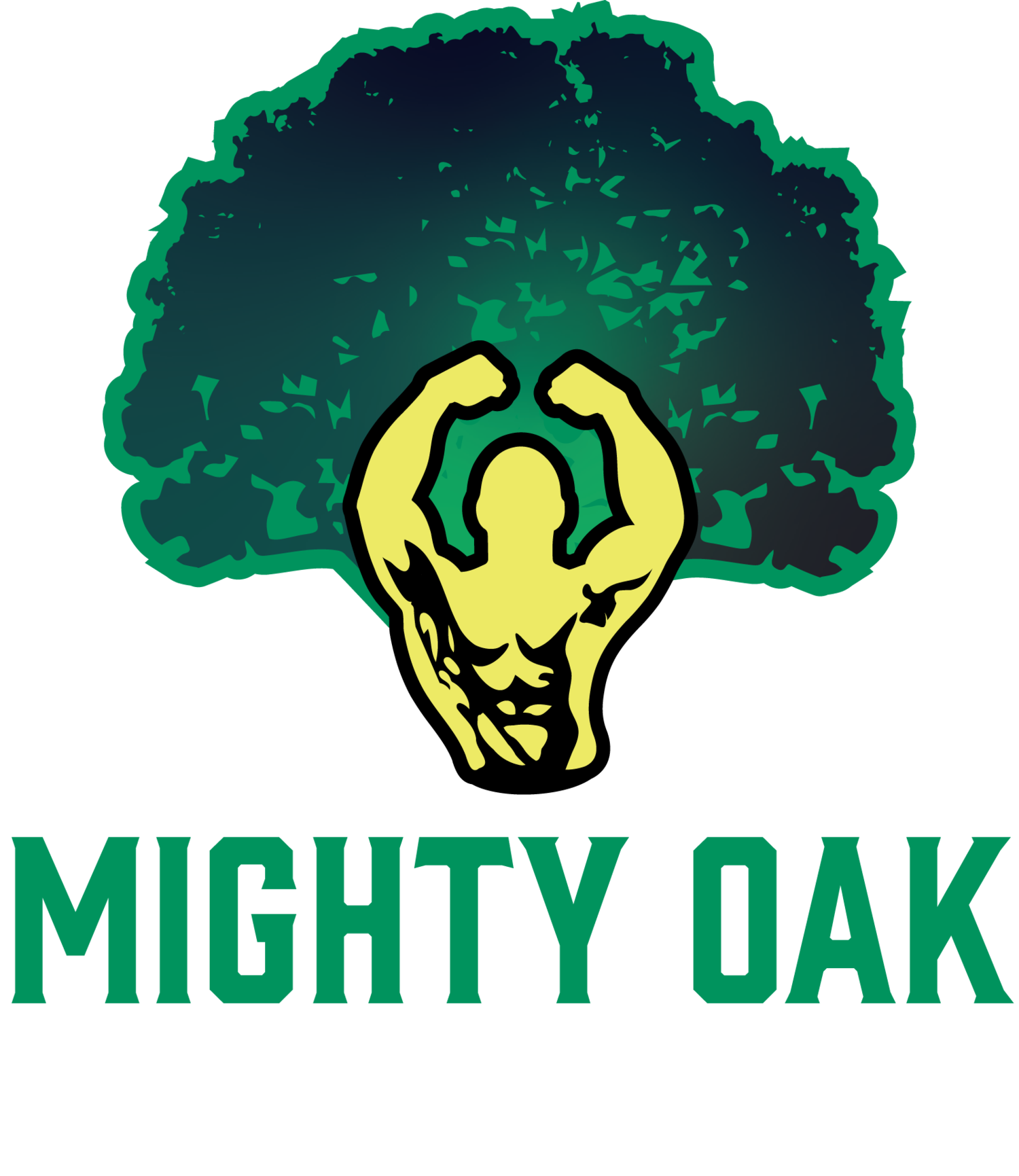Guided Imagery for Health, Goals, and Emotions
Guided imagery is a mental technique in which a person creates a vivid and intentional mental image to achieve specific outcomes, such as health recovery, goal realization, and emotional healing. This approach has been researched and used in a variety of settings, including medical and psychological practices, and has shown positive results.
In the context of health recovery, guided imagery can be used to help patients visualize the body healing itself. For example, a person with a chronic illness can imagine their body's cells repairing themselves and their immune system working effectively. Research has shown that guided imagery can have a positive effect on the immune system, reducing stress and anxiety, and improving overall well-being.
For goal realization, guided imagery can be used to help individuals focus on and visualize their desired outcome. By imagining the desired outcome in vivid detail, the person can create a mental image that helps to reinforce the goal and increase motivation. This can be particularly helpful in situations where a person is trying to overcome a challenge or change a behavior.
In emotional healing, guided imagery can be used to help a person deal with difficult emotions and traumas. By creating a mental image of a safe and calming environment, a person can learn to manage their emotions and reduce anxiety. Guided imagery can also help to process past experiences, by allowing a person to visualize a different outcome or a new perspective on a traumatic event.
In conclusion, guided imagery has been shown to be an effective tool in health recovery, goal realization, and emotional healing. As with any mental health intervention, it's essential to approach guided imagery with caution and to seek the guidance of a trained professional. References for further reading:
-Biegel, G. M., Brown, K. W., Shapiro, S. L., & Schubert, M. M. (2009). Mindfulness-based stress reduction for the treatment of adolescent psychiatric outpatients: A randomized clinical trial. Journal of Consulting and Clinical Psychology, 77(2), 855–866. https://doi.org/10.1037/a0013786
-Kaptchuk, T. J., & Kelley, J. M. (2013). The placebo effect in alternative medicine: can the performance of a healing ritual have clinical significance?. Annual Review of Medicine, 64, 353–369. https://doi.org/10.1146/annurev-med-052212-161319
-Weill Medical College of Cornell University. (n.d.). Guided Imagery. https://www.weillcornell.org/health-wellness/services/integrative-medicine/services/mind-body/guided-imagery
